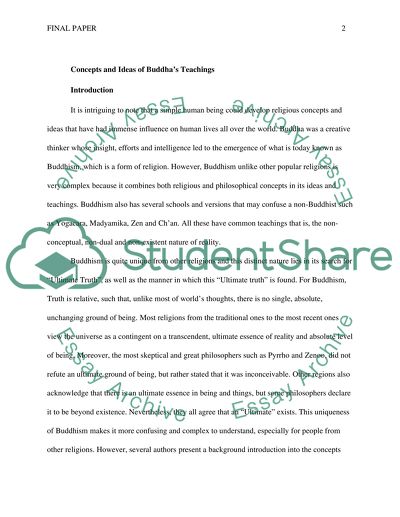Cite this document
(“Concepts and Ideas of Buddhas Teachings Article”, n.d.)
Retrieved from https://studentshare.org/philosophy/1474397-concepts-and-ideas-of-buddhas-teachings
Retrieved from https://studentshare.org/philosophy/1474397-concepts-and-ideas-of-buddhas-teachings
(Concepts and Ideas of Buddhas Teachings Article)
https://studentshare.org/philosophy/1474397-concepts-and-ideas-of-buddhas-teachings.
https://studentshare.org/philosophy/1474397-concepts-and-ideas-of-buddhas-teachings.
“Concepts and Ideas of Buddhas Teachings Article”, n.d. https://studentshare.org/philosophy/1474397-concepts-and-ideas-of-buddhas-teachings.


